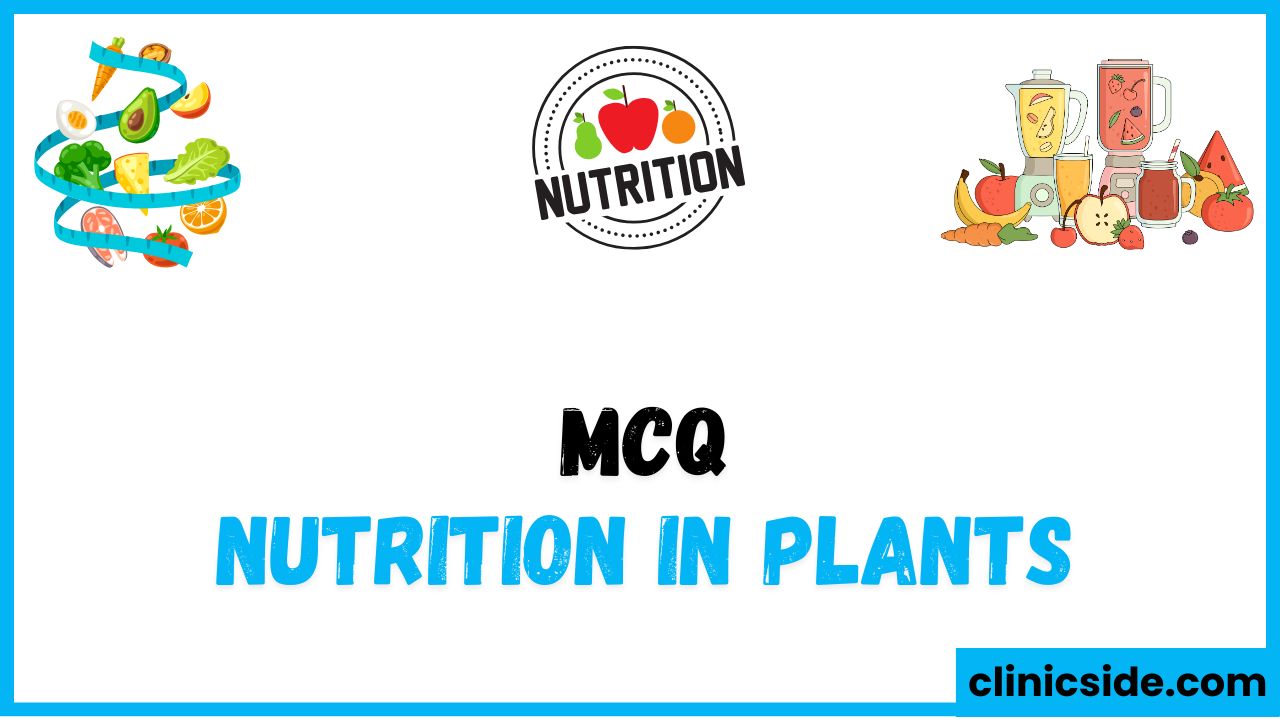Quiz
Available options: 1 to 20
Description for MCQs on Plant Nutrition
Modes of Plant Nutrition
Plants exhibit different modes of nutrition:
- Autotrophic Nutrition: Green plants synthesize their own food through photosynthesis using sunlight, carbon dioxide, and water.
- Heterotrophic Nutrition: Some plants, like the Venus flytrap, rely on external sources for nutrients by consuming insects.
- Saprotrophic Nutrition: Plants like mushrooms feed on decaying organic matter.
- Parasitic Nutrition: Plants like Dodder derive nutrients from a host plant.
Essential Components for Plant Nutrition
The key factors required for plant nutrition include:
- Light: Acts as the energy source for photosynthesis.
- Water: Provides hydrogen and maintains plant turgidity.
- Carbon Dioxide: Absorbed from the air for carbohydrate synthesis.
Role of Chlorophyll in Nutrition
Chlorophyll, the green pigment in plants, captures sunlight, enabling the conversion of light energy into chemical energy during photosynthesis.
Symbiotic Plant Nutrition
Plants like peas form a symbiotic relationship with nitrogen-fixing bacteria, enhancing their ability to absorb nitrogen from the environment.
Products of Plant Nutrition
The primary product of photosynthesis is glucose, which serves as an energy source. Oxygen is released as a byproduct.
Adaptations for Nutrition
Plants have specialized adaptations to facilitate nutrition:
- Leaves: The primary site of photosynthesis due to their large surface area and chlorophyll presence.
- Stomata: Regulate gas exchange, allowing carbon dioxide intake and oxygen release.
This overview highlights the diverse mechanisms and essential components of plant nutrition, emphasizing the critical processes that sustain plant life and their role in the ecosystem.





